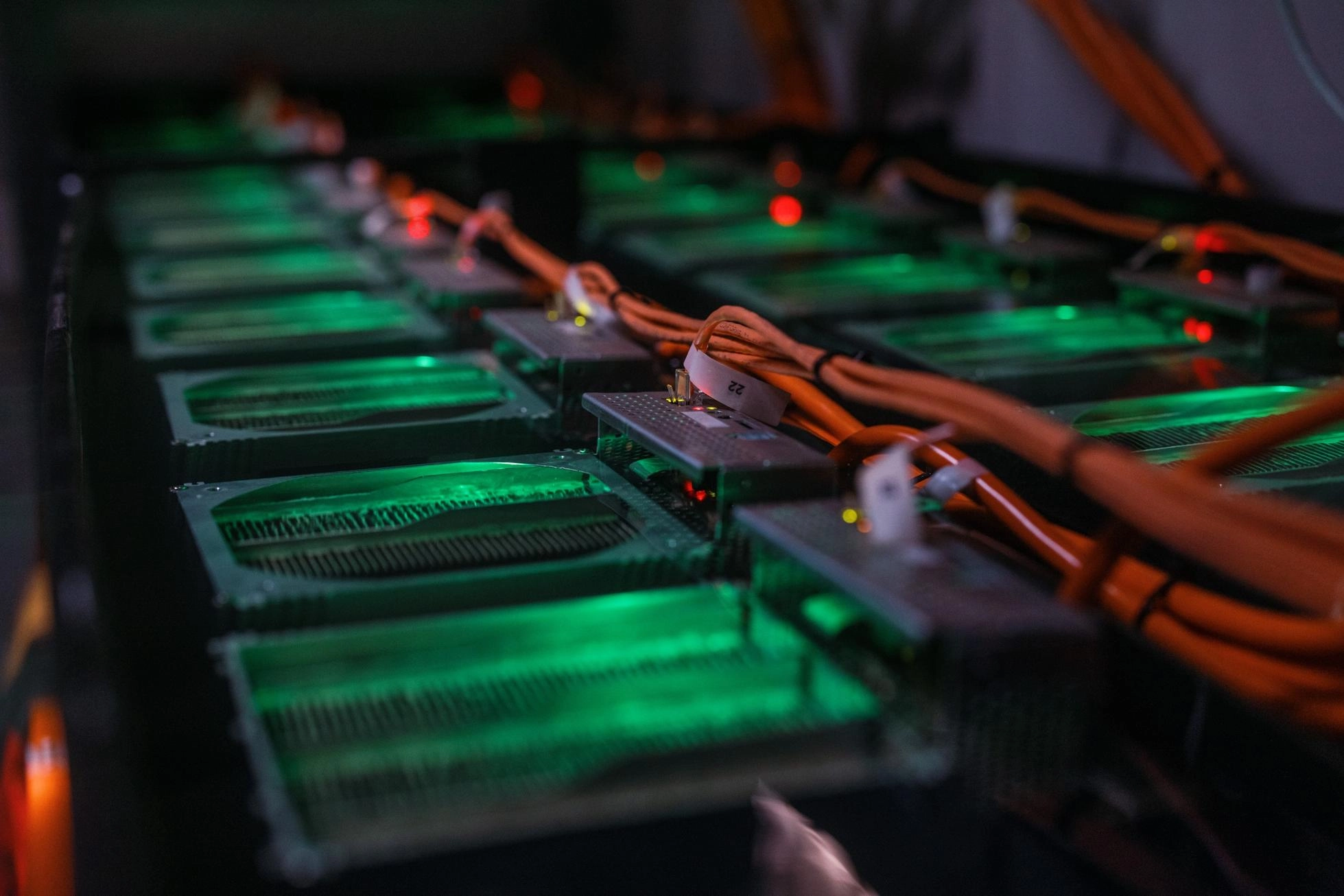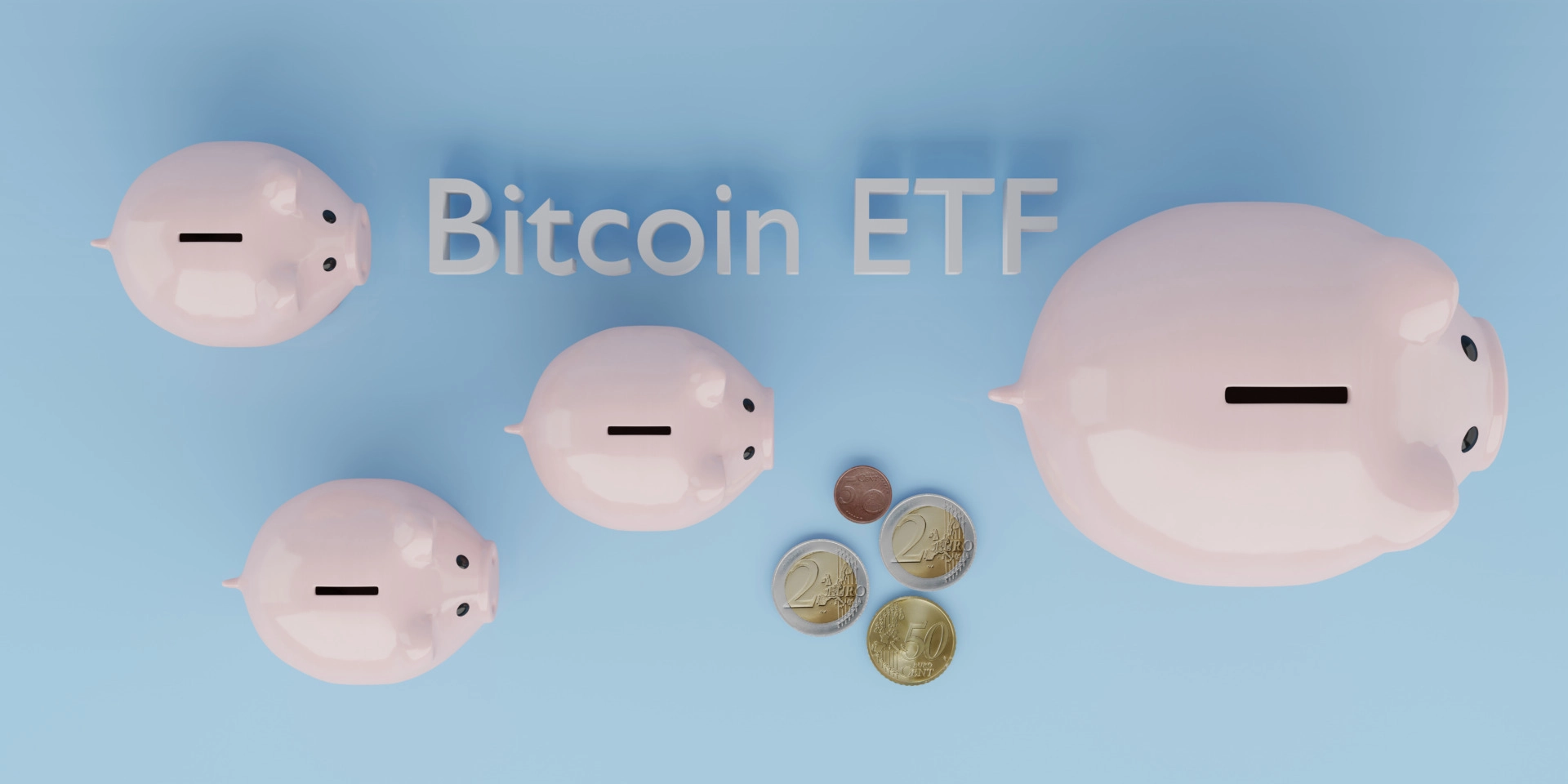
Mining units at a bitcoin mining facility in Texas. Photographer: Jordan Vonderhaar/Bloomberg
© 2022 Bloomberg Finance LPArtificial intelligence (AI) is hungry for computing power, and bitcoin miners willing to repurpose their infrastructure stand to profit handsomely.
Core Scientific, one of the largest publicly traded bitcoin miners, emerged from bankruptcy in January and has spent June with its stock in an updraft, more than doubling to $9.57 a share with a 10% boost on Wednesday as it announced an increase in computing capacity for the high-performance computing (HPC) that underpins AI operations.
Core unveiled new details about the 300 megawatts of available HPC infrastructure at an investor day event that will be added to 200 megawatts committed under a recent deal with AI hyperscaler CoreWeave. That arrangement could generate $3.5 billion of revenue over the life of a 12-year contract, which has two five-year extension options, at annualized profit margins in the 75-80% range, according to CEO Adam Sullivan.
"Considering the additional 300 megawatts of HPC infrastructure, the full 500 megawatts could generate more than $8 billion in revenue over a 12-year term," said Sullivan. “We are building very application-specific digital infrastructure. It's very hard to find scale in this industry. It's even harder to find scale for the newest generation of graphics processing units (GPUs), so the target client base is people who are building not only some of the largest AI models but other applications that require the newest generation of GPUs coming to market.”
The CoreWeave deal highlights the growing power demands of AI providers. “Think of the immense demand for high-performance computing and the limited power available that can be quickly deployed,” Kevin Dede, an H.C. Wainwright analyst, tells Forbes. “Core has 1.2 gigawatts of power, much of which is already built out and some of which can be converted to handle HPC loads. For AI companies, getting processors running quickly can make all the difference. Helping to develop the infrastructure can ease the financial burden while speeding up the process.”
Sullivan said at the Wednesday event that over 50 companies initially vied for CoreWeave’s spot. CoreWeave likes Core Scientific’s prospects so much that it offered to buy the whole company on June 3 for $5.75 a share, or about $1 billion, an offer rejected three days later as “significantly undervaluing” the target.
Yesterday, Joe Flynn, an analyst at Compass Point, issued a buy rating for Core Scientific’s shares with a price target of $12.50. “Overall, we believe the stock is currently in the process of re-rating and see the continued potential for upside from additional HPC announcements (full 500 MW potential price target $17.50), and view CORZ as a potential take-out target given that CoreWeave recently offered $5.75/share (an offer that was recently rejected by the board of directors for undervaluing the company) and the power needs/constraints of AI computers,” Flynn wrote.
Core Scientific was able to exit bankruptcy after a recovery in cryptocurrency prices allowed it to trim $400 million of debt by giving creditors equity in the reorganized company. The company’s performance largely depends on its ability to deliver infrastructure in a timely manner, but for now, its projects are coming online quicker than anticipated, wrote BTIG analysts in a May research note to clients.
“We really think about the investment thesis for Core Scientific as a very unique digital infrastructure-driven opportunity in the space that is benefiting from the AI compute expansion that we're seeing today,” Sullivan said Wednesday. “We seek to build out a much more balanced business that offers strong and high visibility of recurring revenue with exposure to not only bitcoin mining, but to the potential upside of AI.”
Follow me on Twitter or LinkedIn. Send me a secure tip .


